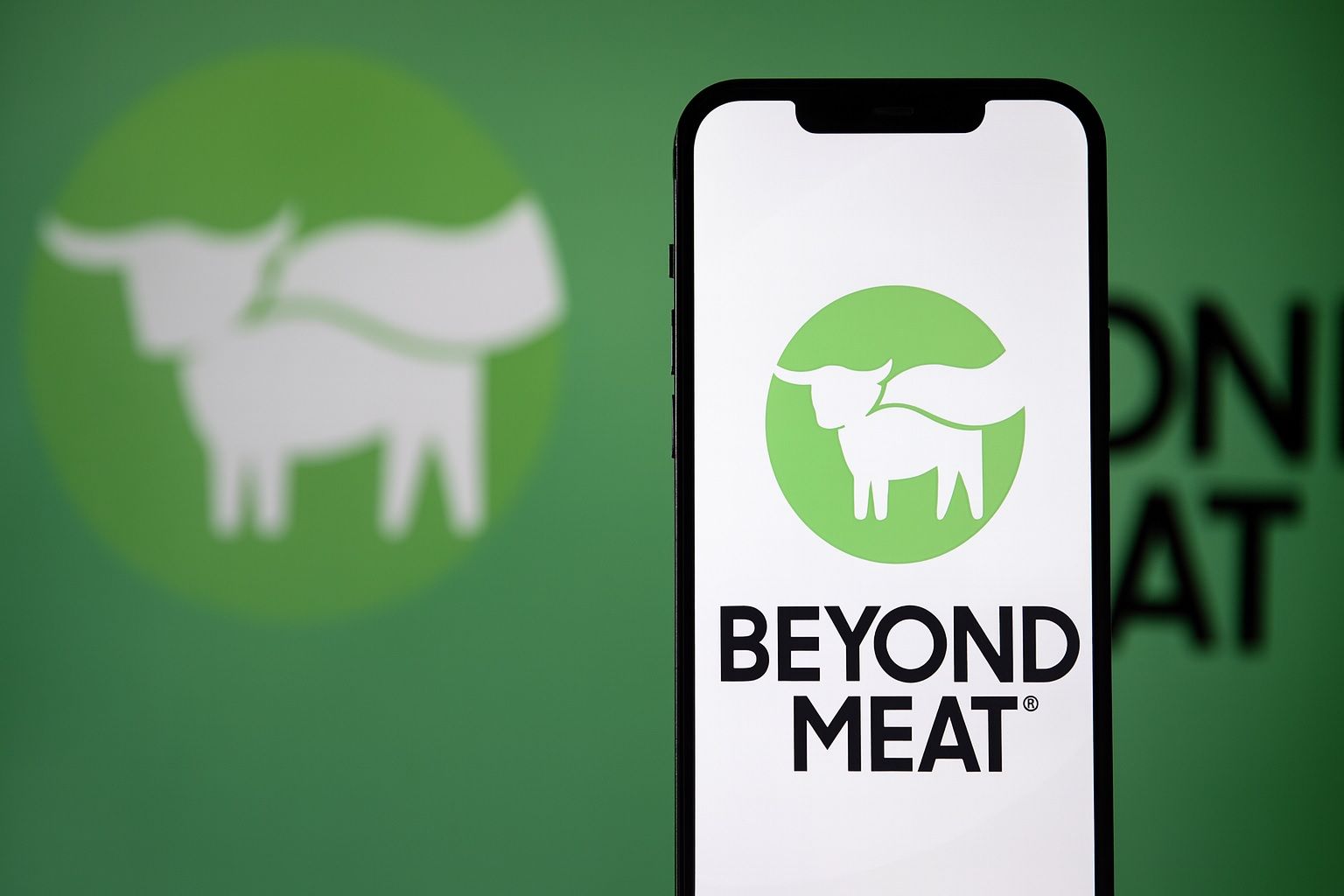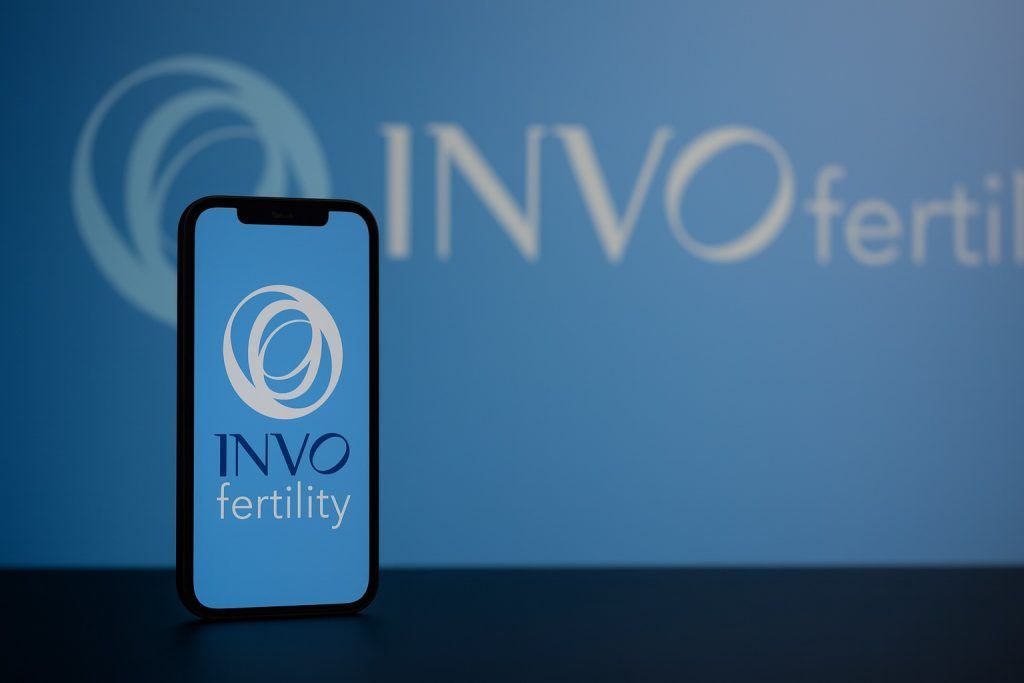- Stock nosedives: BYND closed Wednesday around $0.67 (down ~14%) [1], after an Oct. 13 crash that saw shares drop roughly 60% (opening near $0.84) from about $2.01 on Oct. 10 [2]. The stock is now trading near all-time lows (its 52-week range was $1.23–$9.24 [3]).
- Debt-for-equity swap: Nearly 97% of Beyond Meat’s $1.15 billion 2027 convertible notes were tendered, to be exchanged for ~$208.7 million in new 2030 notes plus ~316 million new shares [4] [5]. This massive dilution prompted the sell-off, as existing shareholders face “a huge new share flood” once restrictions lift [6].
- New shares locked up: The additional shares will be locked up until Oct. 16 (NY time) and only released to the general float on Oct. 17 [7] [8]. Investors worry about the post-lockup impact on the share price.
- Bearish analyst consensus: Analysts rate BYND a “Strong Sell” on average [9]. The median 12-month price target is around $3 [10] (paradoxically above today’s price, but implying only modest recovery), with a high estimate near $4.00 [11]. Notable cuts came from BMO Capital (target $4) and Argus (now Sell) [12], and JPMorgan sees the stock as Underweight [13].
- Weak fundamentals: The company’s revenues are falling fast. Q2 2025 sales were ~$75.0 million (down 19.6% YoY and below estimates) and the net loss widened to ~$33.2 million [14]. Beyond Meat burned nearly $931 million in operating losses from 2021–2024 [15]. Cash on hand is only ~$117 million against ~$1.2–1.3 billion in debt [16] [17], leaving little cushion (Moody’s warned the debt burden is high). CEO Ethan Brown nonetheless says the company remains “truly excited about our future” [18]. Management is cutting costs and aiming for break-even (EBITDA positive) by 2026 [19].
- Industry headwinds: The U.S. plant-based meat sector is shrinking. A Good Food Institute report notes industry revenues fell 18% over two years [20] (unit sales down 28%), as many consumers revert to animal proteins in an era of tight budgets. Beyond Meat now faces intense competition: Tyson Foods and Nestlé are beefing up their plant-based lines, and privately-held Impossible Foods is gaining market share [21] [22]. Critics point out “Americans still overwhelmingly prefer the real thing” [23], and alt-protein products are often much pricier than meat [24].
- Market/peers vs. BYND: The broader market is bullish: the S&P 500 is up about 14% so far in 2025 [25] (Nasdaq even more), with tech and consumer stocks near record highs. That rally contrasts sharply with Beyond Meat’s collapse. Sector peers (other plant-based/food-tech names) have largely underperformed; the downturn in health/eco-friendly food stocks highlights how BYND’s woes are both company-specific and part of a wider industry slowdown.
- Investor sentiment: Sentiment is extremely bearish. About 52.5% of BYND shares are institutionally owned [26], but even these holders are wary – institutions have been “nibbling” at the stock only modestly [27]. Short interest is sky-high (~64% of the float [28]), making BYND one of the most-shorted US stocks. TS2.tech notes that both Wall Street and “Main Street” view Beyond Meat as a “cautionary tale” [29]. Even social media (StockTwits, Reddit) is overwhelmingly negative on BYND. Insiders have also been selling; executives have offloaded ~$140M in options proceeds since 2020 [30], implying little confidence at the top.
- Lock-up and near-term dynamics: With most new shares locked up until Oct. 16 NY time, the stock traded on Oct. 16 with limited extra supply. That lifted it slightly off its lows (trading in the mid-50¢s to 60¢ range early Thursday). However, when the lock-up expires on Oct. 16 evening, the 62–63 million fully tradable shares (about 37% of the new issuance) will begin flooding the market on Oct. 17 [31]. This looming supply is a major near-term overhang, and likely explains why traders drove the price down before the deadline.
- Catalysts to watch: The next catalyst is the Q3 earnings report on Nov. 5, 2025 [32]. Analysts expect another sales decline (LSEG data forecast a ~14% drop for FY2025) [33]. Beyond Meat may provide updated guidance or partnership news then. The company has touted new products (e.g. an improved burger recipe) and strategic deals – for example, it has a multi-year supply agreement to provide patties for McDonald’s McPlant burgers globally [34] (though that was originally announced in 2021). On the regulatory/ESG front, any shifts in sustainability trends (e.g. renewed interest in alternative proteins) could eventually boost demand, but short-term focus remains on the balance sheet.
- Bullish vs. bearish outlook: Bearishly, analysts worry BYND is in a “death spiral” of shrinking sales and high debt. TD Cowen in August warned of an “existential threat” unless Beyond Meat can stabilize sales, and many model flat-to-down price paths (e.g. CoinCodex sees BYND near $2 into late 2025 [35], effectively flat). Optimists note that plant-based foods have strong long-term tailwinds (health and environmental trends) and that Beyond Meat still has a well-known brand and global footprint [36]. If cost cuts and any new product hits (or a reset with fast-food partners) take hold, there could be a rebound from these levels. For now, however, the prevailing view is that BYND’s stock is a speculative turnaround rather than a stable growth story [37].
Sources: Company filings and press releases [38]; financial news (Reuters, LA Times, AP, MorningAgClips) [39] [40] [41]; TS2.tech analysis [42] [43] [44]; market data (MarketBeat, Investing.com) [45] [46]; industry reports (Good Food Institute, FoodNavigator) [47] [48].
References
1. www.latimes.com, 2. ts2.tech, 3. ts2.tech, 4. ts2.tech, 5. ts2.tech, 6. ts2.tech, 7. markets.businessinsider.com, 8. ts2.tech, 9. ts2.tech, 10. ts2.tech, 11. ts2.tech, 12. ts2.tech, 13. ts2.tech, 14. ts2.tech, 15. ts2.tech, 16. ts2.tech, 17. ts2.tech, 18. ts2.tech, 19. ts2.tech, 20. www.latimes.com, 21. ts2.tech, 22. www.latimes.com, 23. ts2.tech, 24. ts2.tech, 25. www.investopedia.com, 26. ts2.tech, 27. ts2.tech, 28. www.reuters.com, 29. ts2.tech, 30. ts2.tech, 31. markets.businessinsider.com, 32. www.tradingview.com, 33. www.reuters.com, 34. www.newhope.com, 35. ts2.tech, 36. ts2.tech, 37. ts2.tech, 38. markets.businessinsider.com, 39. www.reuters.com, 40. www.latimes.com, 41. www.morningagclips.com, 42. ts2.tech, 43. ts2.tech, 44. ts2.tech, 45. ts2.tech, 46. ts2.tech, 47. www.latimes.com, 48. ts2.tech







